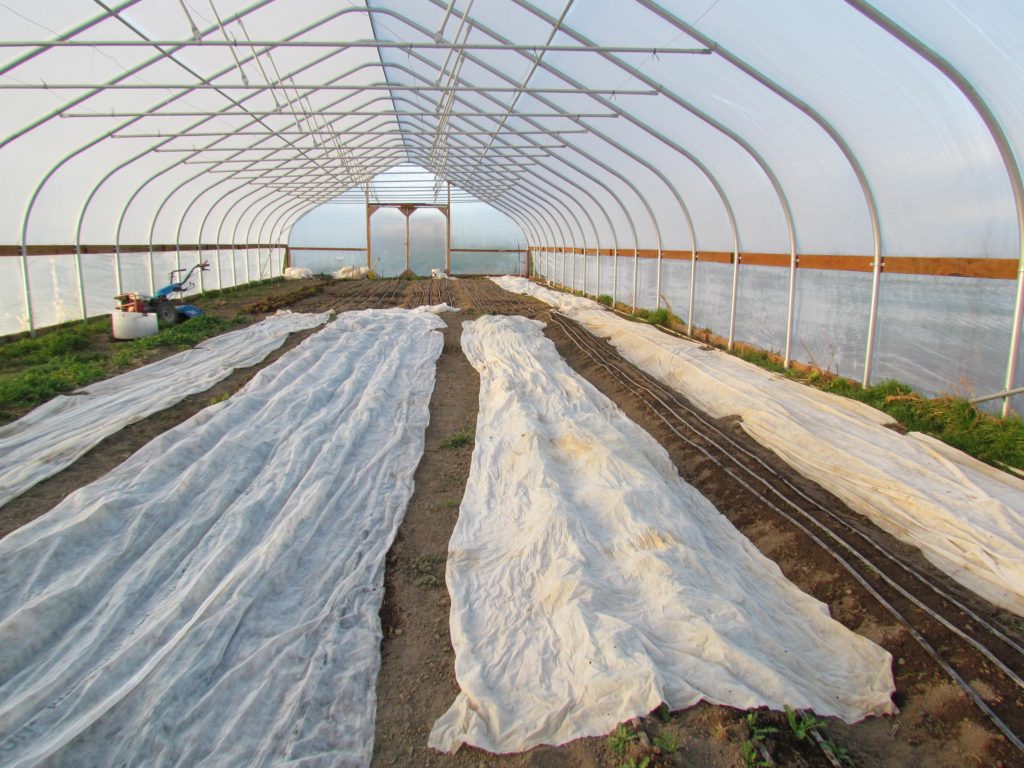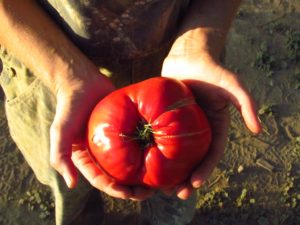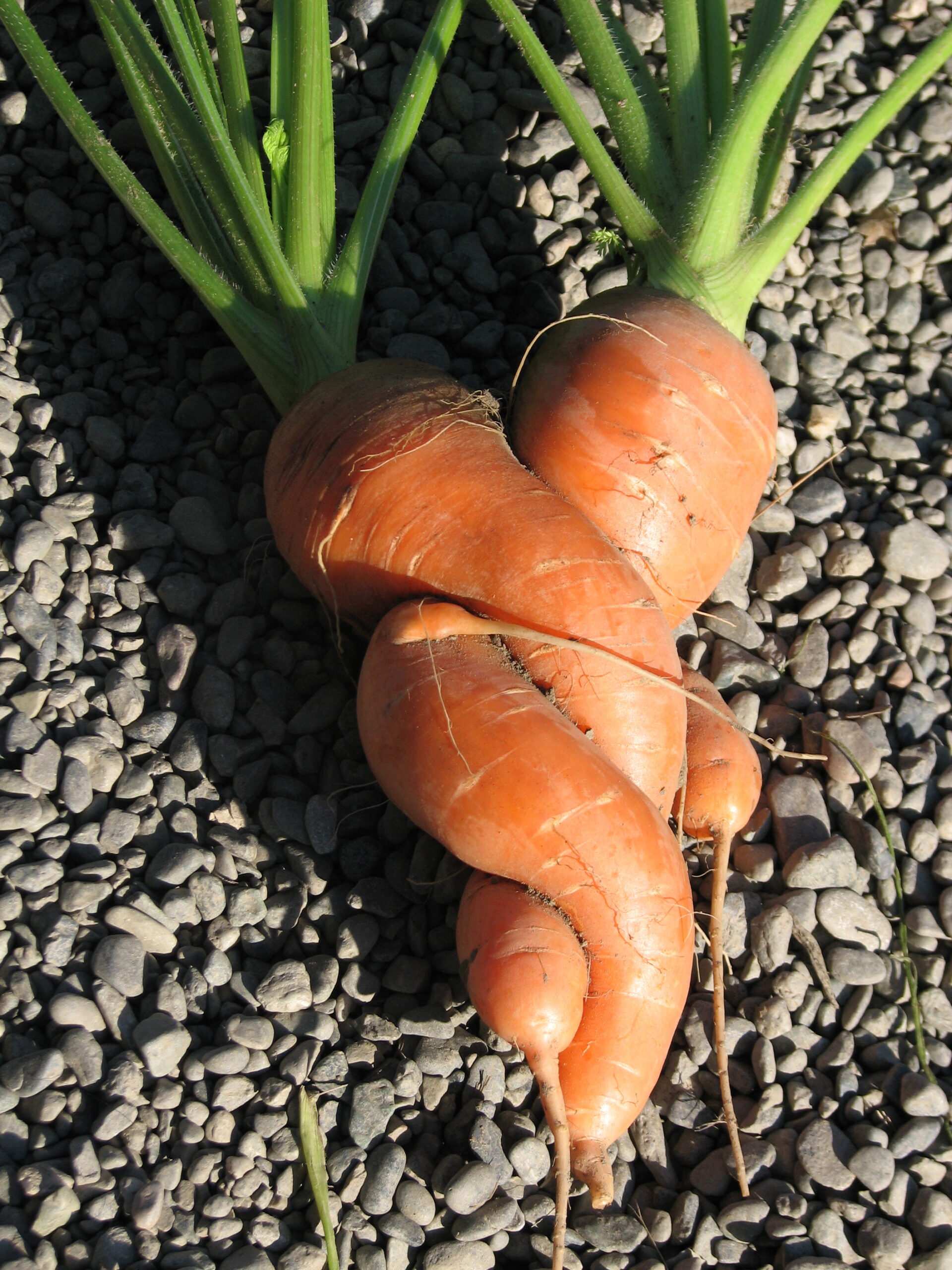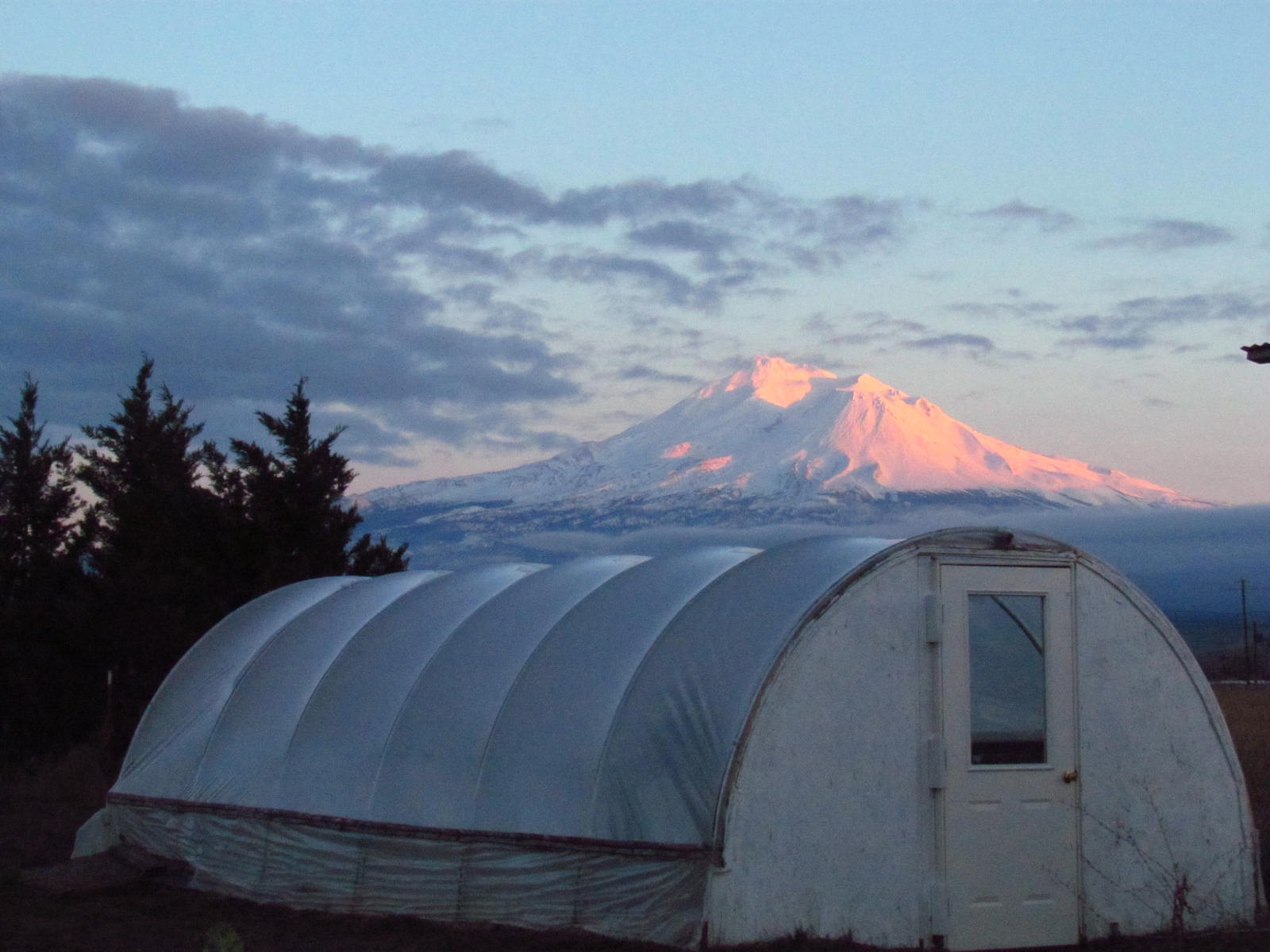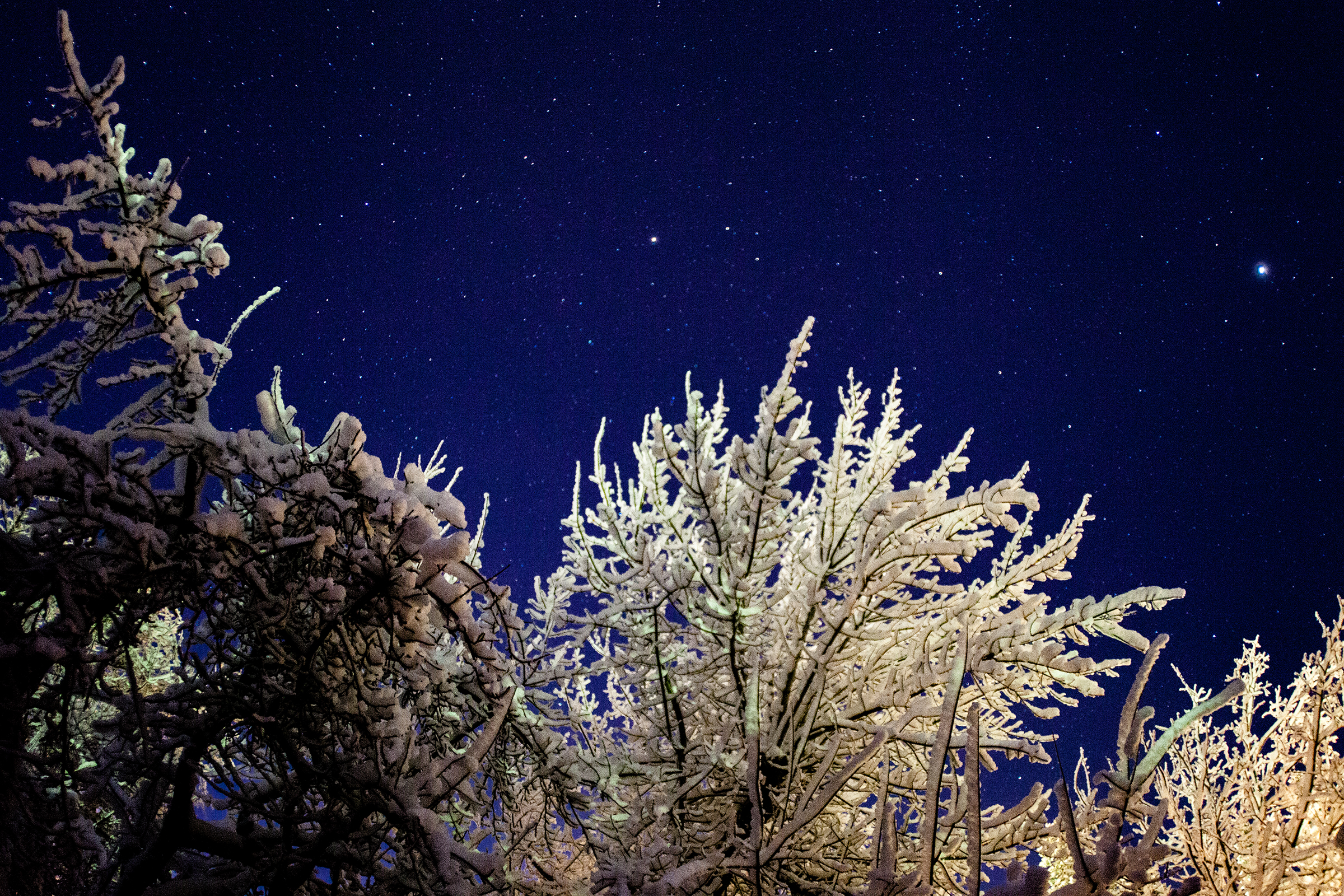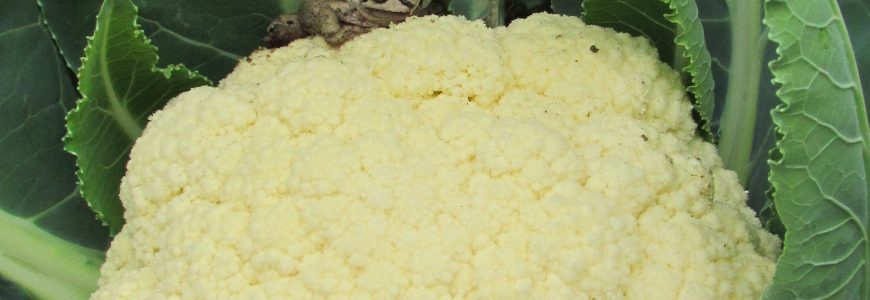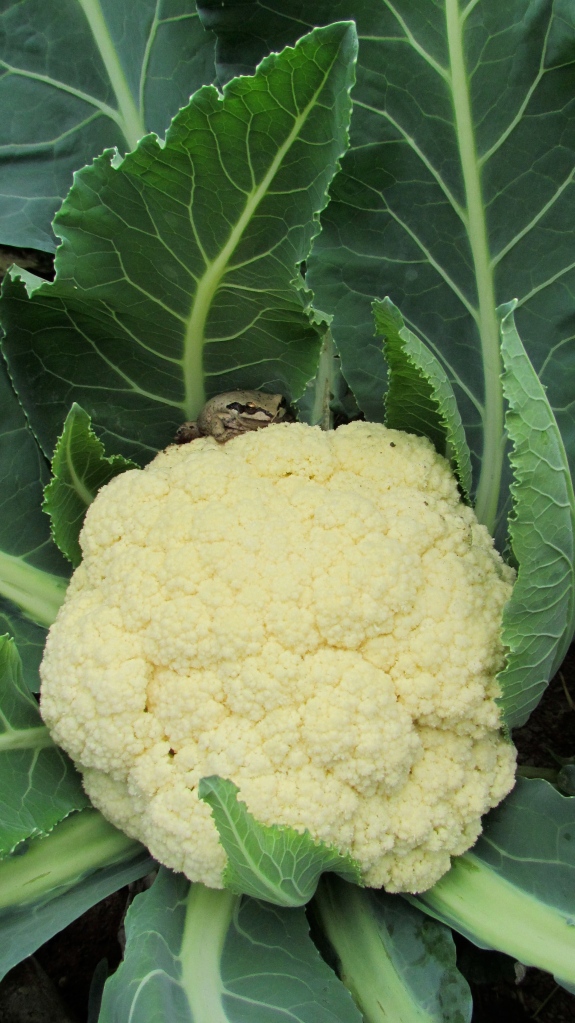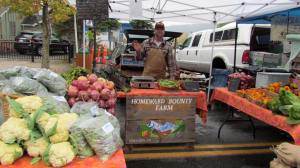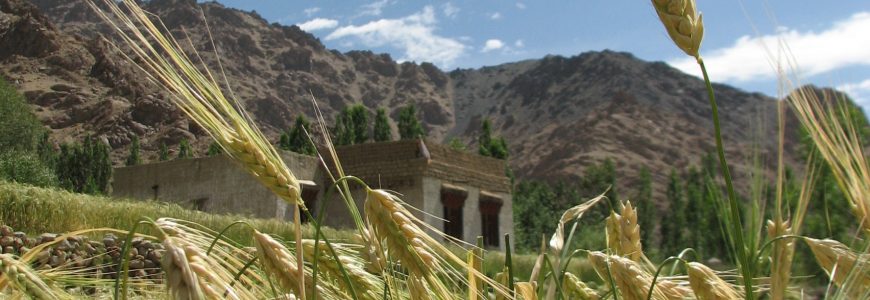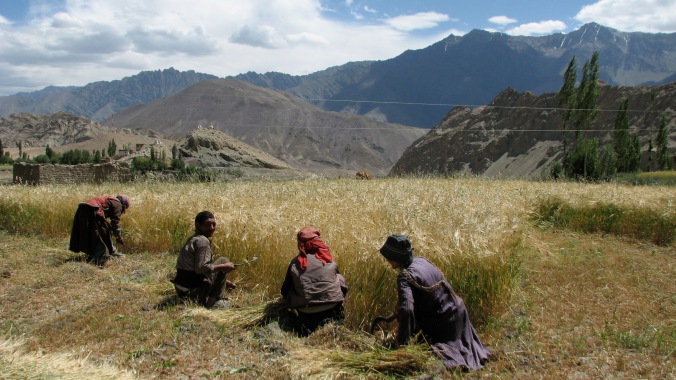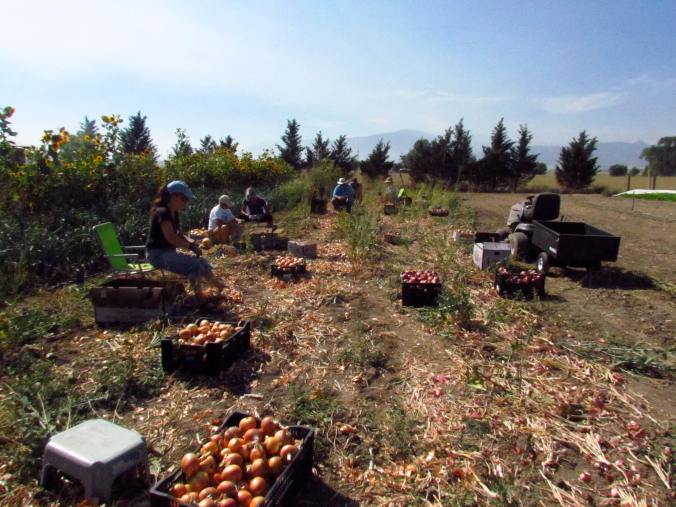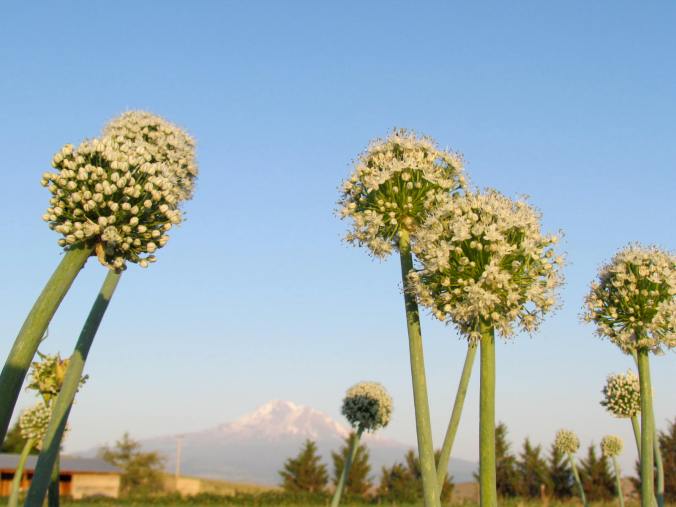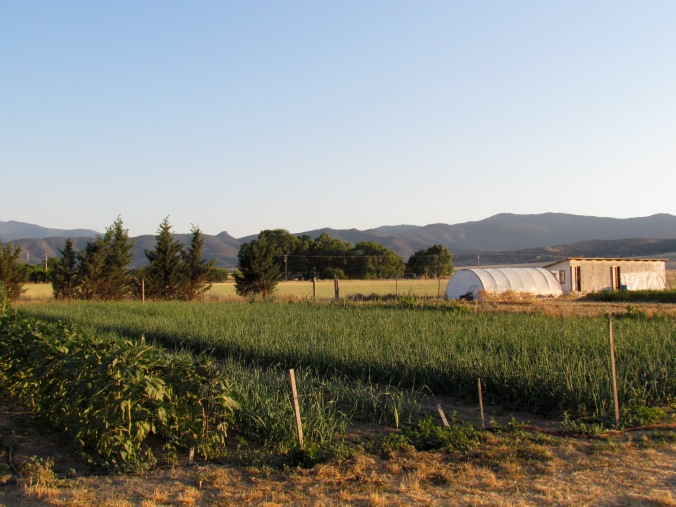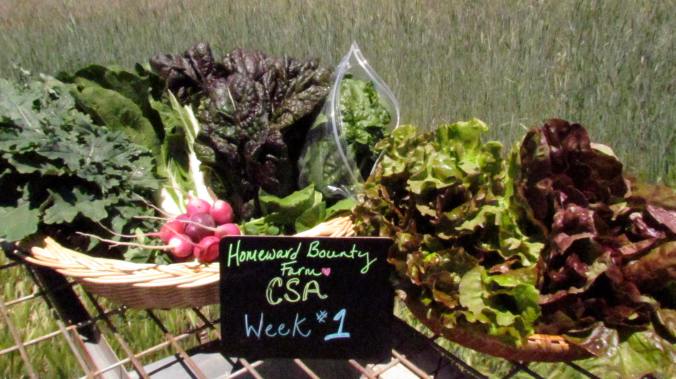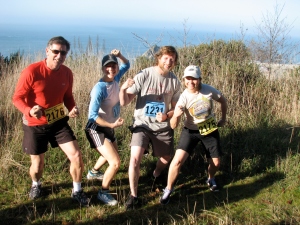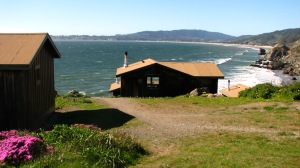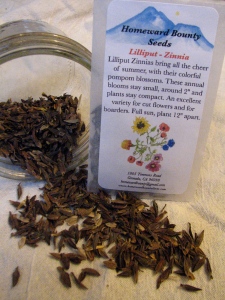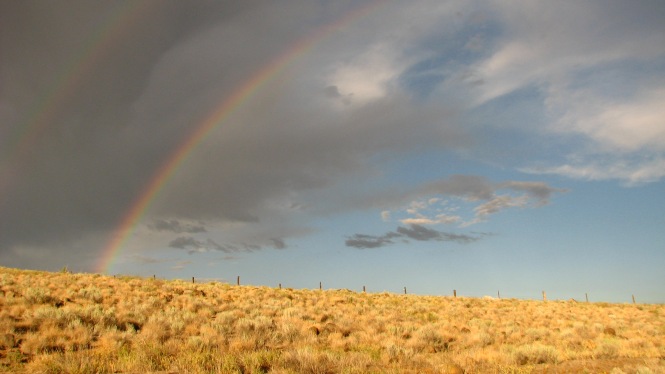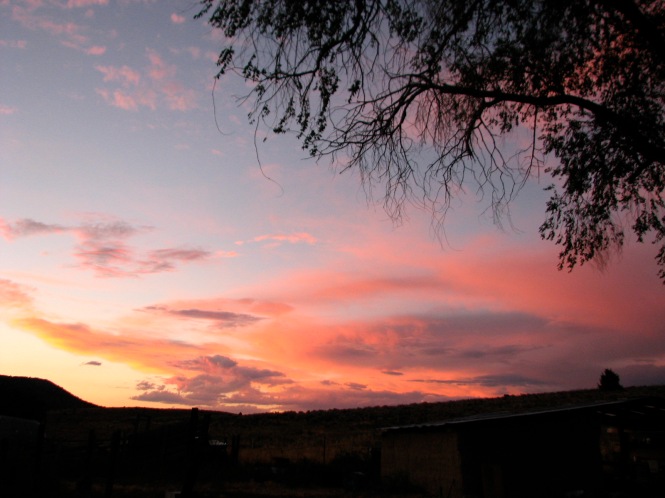It’s been well over a year since I last wrote on behalf of the farm, and although I’m swimming in work that needs to be done out in the fields, I’m finding myself being pulled back to writing and the need to keep telling a story that I started when moving back home and farming, one that is by no means finished. Stories are a point of reflection and connection, and keeping that bond nourished is not only important to myself, but also the community that the farm is lucky to feed. It may be that stories are rich in my head, because recently my sister and I gifted my folks a 23 and Me DNA kit. We are a family of story tellers, story listeners (if you can get us to zip-it) and cultivating the moments that create them. It will be neat to have a better glimpse of the family limbs and roots, of rocky villages in Ireland and earthen homes in Italy where ancestors shared laughter, food, no doubt wine and whisky, and they storied, raising their glasses (trying to get one another to pipe down) and toasting to the telling and making of them. As the sun rises high in the summer sky this farmer hopes to keep sharing and writing and connecting with you all.
Many suns have risen and set in oscillating angles across the open sky from Mt. Shasta to the Trinities, in the time between writing. More fruit trees have been planted, a barn was beautifully constructed by my Dad and Jonathan, cover crops have grown high and have been tilled-in to feed spring lettuces and summer squash, seeds were collected, sown and collected again, and rainbows came out for a very special gathering, Jonathan and I exchanging vows in front of those we love, sealed with a kiss and some muddy shoe dancing! Each of these moments precious enough for their each individual story, yet one can evidently simply make one long run-on sentence in tribute.
Homeward Bounty just had the Solstice of its fifth season. Each year has expressed itself differently. Days rich with wind and rain filled the early weeks of Spring and with patience. I had to wait until the soil dried, in order to get onions, shallots and leeks planted. The weather this season has continued to control the writing of the chapters of the last months, with extreme cold, extreme hot, with yet again, more wind and rain. Weekly action items have kept rolling over to the next week, and the ones after that. The only thing that has proven itself punctual this season has been the Summer Solstice, marking a season, where the fruits of the sun are still weeks away. Perhaps having five seasons here under my belt has kept me from feeling complete desperation, however keeping that emotion at bay is a challenge. The entirety of this year has been like climbing a mountain of loose rocks where you continually keep sliding, where you don’t have much to show for your exhaustion and hard work. The rocks never seem to firm up and aid me along. I have to keep climbing, hoping that this time I can be more light and sure footed and will be graced with a fair weather window to make things come together. It’s a season that’s as late and as anticipated as this blog post. Maybe taking the time to reconnect and tell the drama of this year is the harbinger to the weather assisting me in starting to feel caught up and on track. That life is about timing and trust becomes strongly evident with each passing year.
I can feel the season grow toward the cusp of change, with young signs of abundance in the field and high tunnel. That the labor of this year will manifest into fresh farm salsa and sweet corn happily stuck in your teeth is emanate. The high tunnel structure has been wildly beneficial and fun to develop a relationship with. The tomatoes are excelling on their upright trellis system. The peppers, eggplants and okra are content, with dill, sunflowers and poppies, seeding themselves everywhere to mess up the concept of clean orderly rows or that of the farmer having control. This year’s seed crops are growing abundantly. I’m growing five species for Southern Exposure Seed Exchange, along with 24 species for the farm and seed packet sales. Many of the seed crops look happy and seed harvest should yield a nice weight of genetically rich and mature seeds. Seeds that will hold their story deep inside, until unlocked by rich soil, water and sun. As I write, the clouds are vocal over head, proving true the diversity of Russian Roulette Siskiyou weather, the wet ink in this year’s season, a well etched story of timing, patience and the holding of trust for future fruits and abundance.

